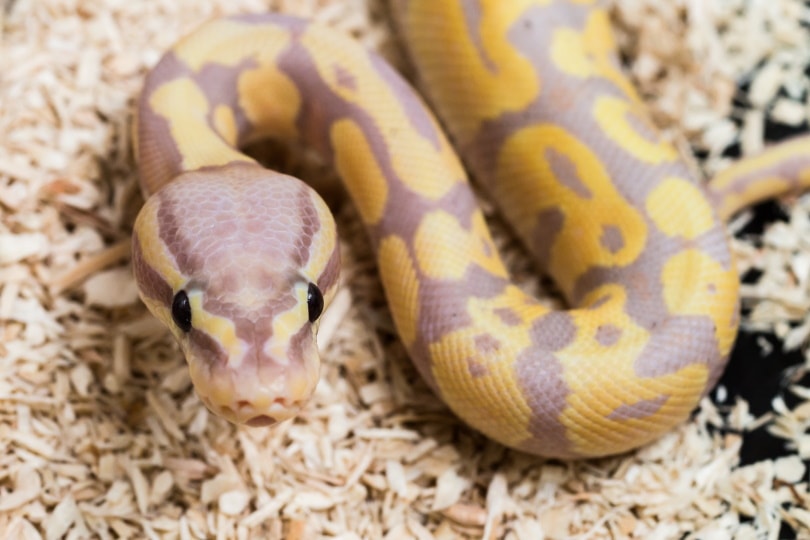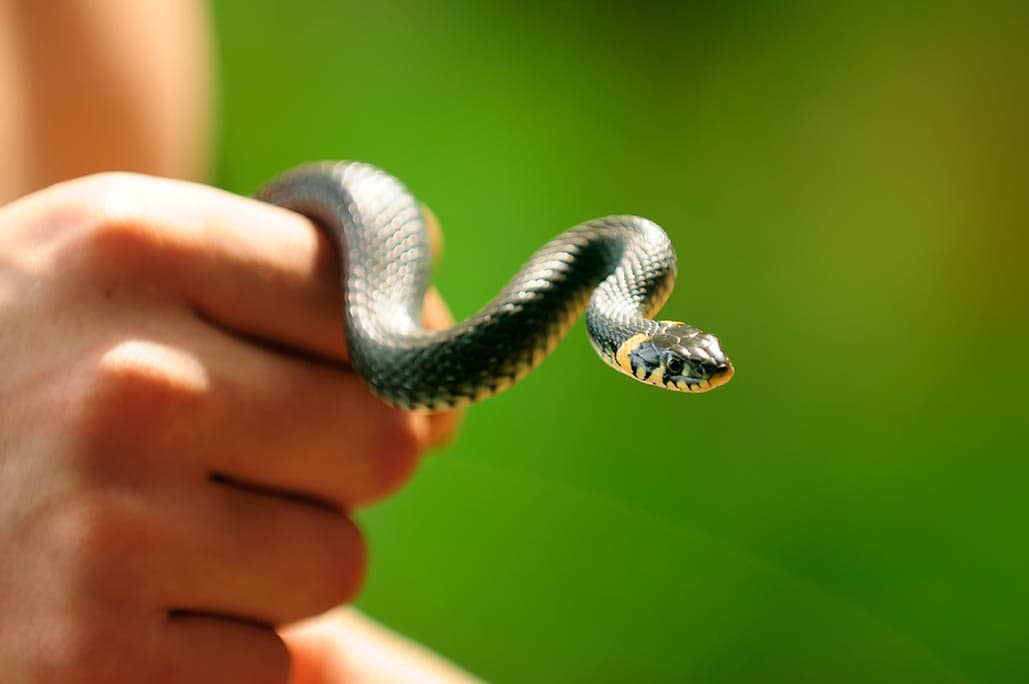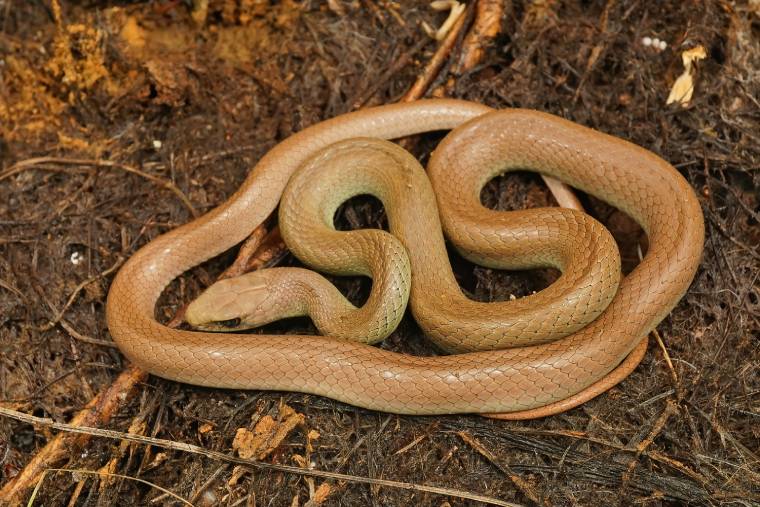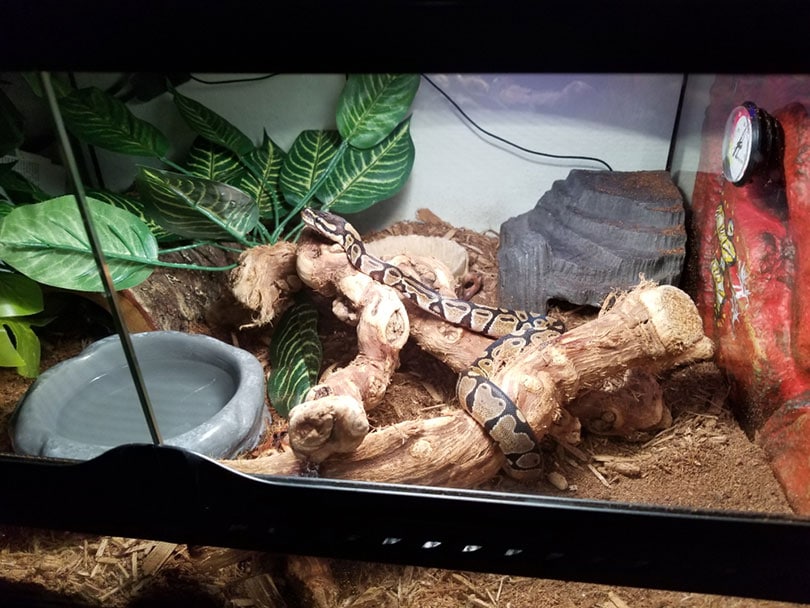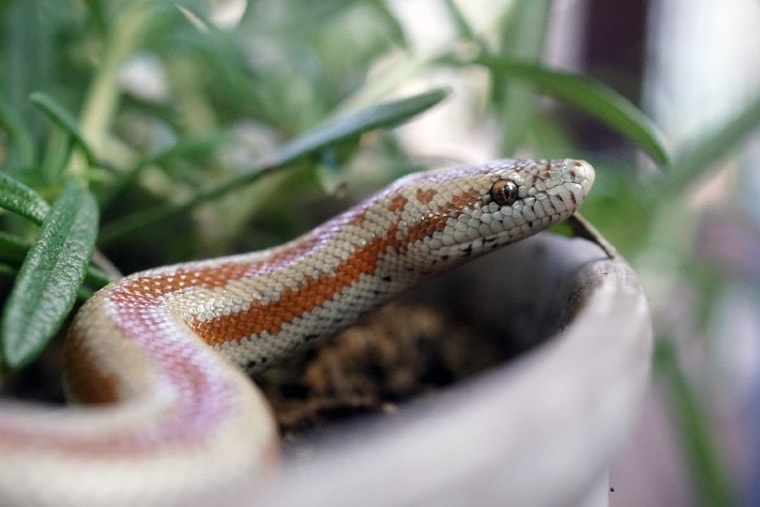
If you are a reptile lover, no doubt you know or have heard about rosy boa morphs. Rosy boas are one of the most popular, unique, and beautiful snakes in existence. They have so many stunning colors that it’s hard to keep track of them all.
Their colors vary from red to pink or black or yellow, but they also come in other shades like peach and lavender. Rosy boa morph color variations differ depending on the environment they live in. For instance, the snakes that live in the desert don’t have the same colors as those in coastal regions.
Rosy boa morphs camouflage themselves from predators or to attract prey. This is called “mimicry.” Rosy boas can also be bred in captivity, and that’s why they are popular in the pet trade.
There are different types of morphs to choose from. Whether you’re an experienced breeder or just starting, this article will help you learn more about these beautiful creatures.
Here are some of the common types of rosy boa morphs:
The 10 Rosy Boa Morphs & Colors
1. Desert Rosy Boa

This is one of the most popular rosy boa morphs in the world. These snakes originate in Southwest Arizona and Southern California. They are also referred to as Morongo Valley rosy boas.
You can mainly find this morph in desert areas, rocky outcroppings, canyons, cacti, and scrubland. Desert rosy boa morphs are sold at low prices and are not aggressive.
These snakes are large and have lighter patterns that help them to blend into the desert environment. They have a light brown or rosy pink color with a cream base that enables them to hide within the surrounding areas.
2. Mexican Rosy Boa
Mexican rosy boa morphs are native to Western Sonora and Southern Baja California, Mexico. Also, there is a population at Maricopa Mountains in Arizona.
They usually have yellow-white, off-white, or whitish base color. They also have three thick, dark grey-brown or black stripes that run from the eyes to the tail’s tip, making them stand out among other rosy boa morphs.
Note that Mexican rosy boas are difficult and expensive morphs to keep, so ensure you understand what they need before getting one as a pet.
3. Coastal Rosy Boa

The snake is one of the most common rosy boa morphs and originates from California and the West Coast of Baja California (Mexico). You can also find them in the same habitat as the desert rosy boas.
They have a dark appearance with variable patterns and colors. Some have orange stripes with a cream background, while others have brown, pink, or red stripes with a blue-grey background.
The stripes can be pixelated or dotted, and these stripes run from the head to the tail. They stand out from other rosy boas if you see them in real life.
4. Albino Rosy Boa

The albino rosy boa has albinism, which is a common skin mutation. This means that these snakes can’t produce normal melanin amounts that give their scales or dark skin color; hence they lose patterns on their bodies.
These are the first morphs to be bred in captivity and are more popular and expensive morphs. The albino coloration is white with pink or red eyes, and their lack of pigment makes them more susceptible to sunlight damage.
Some have light striped patterns with cream, orange, red, pink, and beige background colors.
5. Snow Rosy Boa
Snow rosy boas are like albinos since they lack dark pigmentation. They are a combination of anerthristic and albino snakes.
They are whiter compared to normal albinos since they lack both red pigmentation and dark pigmentation. These morphs have dark black eyes with red pupils and a creamy-silver background.
Many people don’t breed these snakes; hence they are more expensive.
6. Anerythristic Rosy Boa

These rosy boas morphs are more common than other color morphs. They have anerythristism, which is a condition where animals fail to produce red pigment.
Their colors vary significantly and mostly depend on the environment. Some anerythristic rosy boas have a cream lavender color with bright blue eyes. Others are dark blue with brown stripes and dark black eyes.
These rosy boa morphs are rare and are not readily available from most breeders or in pet shops.
7. Axanthic Rosy Boa
Axanthic rosy boa morphs are uncommon; hence they are difficult to get from breeders or pet stores. However, you can look at them online, and if you are lucky, you can get one at a high price.
These morphs are the opposite of albinos. This means that they lack either the yellow or red pigment or both.
Most of them have dark colors with brown, blue, and grey hues. They also have dark patterns with rosy pigmentation’s slight tinges.
8. Hypomelanistic Rosy Boa
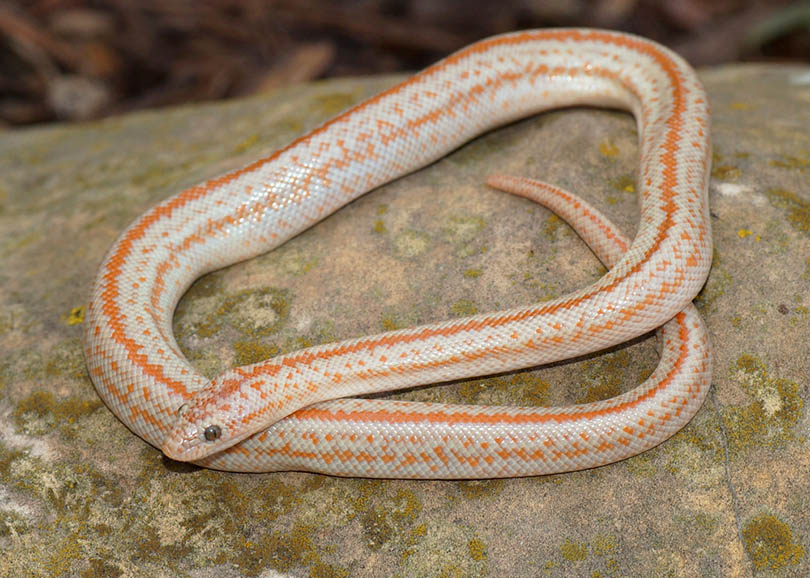
These rosy boa morphs lose their dark coloration, but not all of it. The prefix “hypo” means to lack something, and these snakes lack melanin partially.
However, these morphs have highly variable patterns that mainly depend on their locality origin. For instance, most of them have a darker or lighter overall body color depending on where they originate.
They are creamy-white with dull, reddish-pink stripes and black eyes. They have a spotty appearance up close, making them stand out more than usual.
9. Lichanura trivirgata myriolepis Rosy Boa
These rosy boa morphs are mainly found in Northern Baja California and Southern California, and they are usually larger than other morphs. These snakes resemble coastal rosy boas in pattern and color, but they have more orange and brighter colors.
This means that Lichanura trivirgata myriolepis have a more distinct stripe pattern and more orange color than coastal rosy boa. However, many people claim that there is no difference between the coastal rosy boas and Lichanura trivirgata myriolepis.
These morphs have a creamy-white background with a combination of a stunning orange-red pattern. They are expensive and only available from a few breeders.
10. Lichanura trivirgata bostici
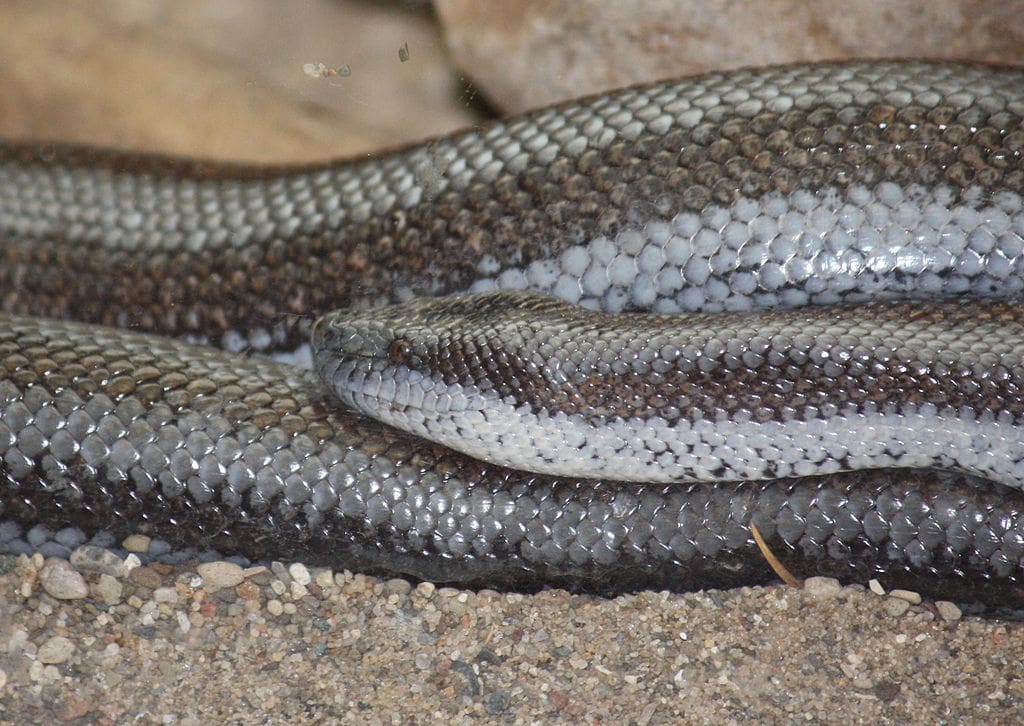
This rosy boa morph is also known as Rosada Del Noroeste and is a very rare subspecies. You can find these snakes on Cedros Island, a Mexican island in the Pacific off the west coast of Baja California.
They have the same shape and size as the Mexican rosy boas, but Lichanura trivirgata bostici has slim black stripes with a yellow accent color. Also, on their underbelly, they have larger/more black blotches.
Some people argue that there is no difference between these two subspecies, but the thinner stripes make these snakes considered separate subspecies from the Mexican rosy boas.
- Further Reading: 47 Boa Morphs and Colors (With Pictures)
Conclusion
Rosy boas are the most common type of terrestrial snake in North America, but they also live on other continents. They can be found in a variety of habitats, including deserts and forests.
There are so many varieties of rosy boa morphs, with some being common while others are rare. Some are expensive, while others are budget-friendly. They are fascinating because of their unique coloration.
These snakes have an average lifespan of 10-20 years, with females living longer than males. In captivity, rosy boa morphs can live up to 40 years.
Featured Image Credit: gayleenfroese2, Pixabay


